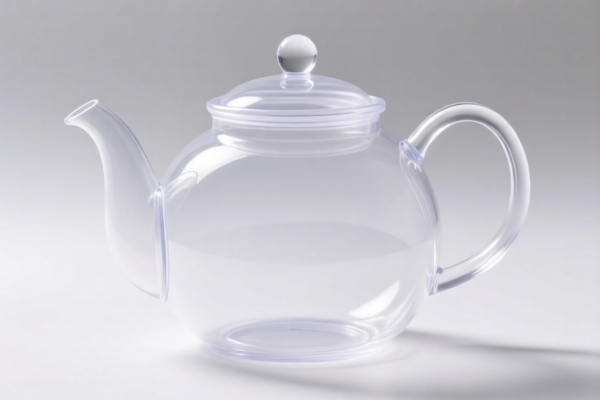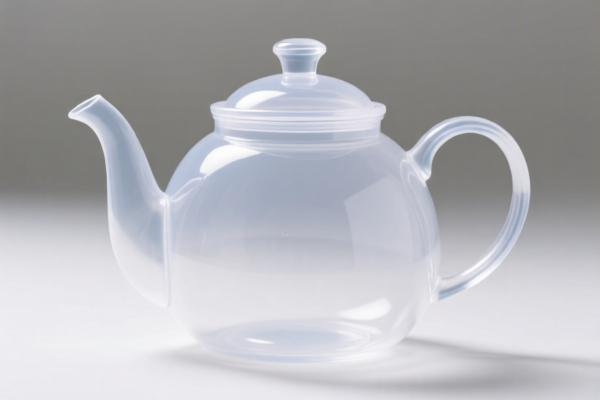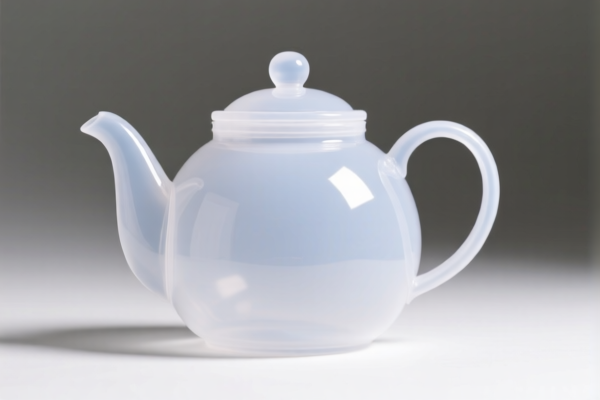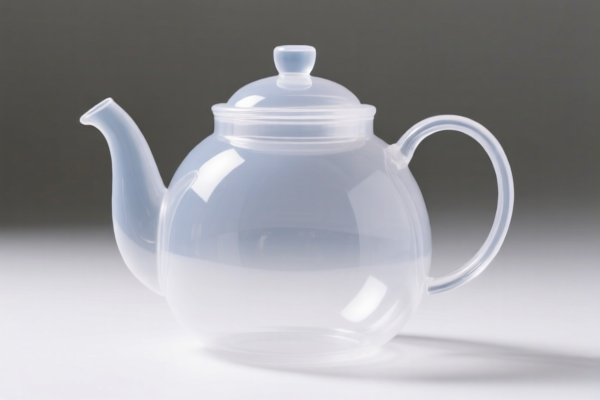Found 4 matching results
(CN → US)
| HS Code | Official Doc | Tariff Rate | Origin | Destination | Effective Date |
|---|---|---|---|---|---|
| 7323930015 | Doc | 57.0% | CN | US | 2025-05-12 |
| 3924104000 | Doc | 33.4% | CN | US | 2025-05-12 |
| 3926901600 | Doc | 40.6% | CN | US | 2025-05-12 |
| 3926901600 | Doc | 40.6% | CN | US | 2025-05-12 |




Tea Pot
A tea pot, also spelled teapot, is a vessel used to brew tea. It combines art, functionality, and cultural significance, varying widely in design, material, and size.
Material
Tea pots are crafted from numerous materials, each influencing heat retention, flavour, and cost:
- Ceramic: The most common material, encompassing porcelain, stoneware, and earthenware. Porcelain is prized for its non-porous nature, preserving tea flavour. Stoneware is durable and retains heat well. Earthenware is less expensive but more porous, potentially retaining flavours from previous brews.
- Cast Iron: Known for excellent heat retention and durability. Often enameled internally to prevent rusting and flavour interference. Traditionally used in Japanese Tetsubin.
- Glass: Allows visual appreciation of tea brewing. Borosilicate glass is heat-resistant.
- Stainless Steel: Durable and does not impart flavour, but generally does not retain heat as well as other materials.
- Silver: Used historically, silver tea pots are aesthetically pleasing but require polishing and can be expensive.
- Clay (Yixing Clay): Highly valued in Chinese tea culture, Yixing clay is porous and develops a patina with use, believed to enhance tea flavour.
Purpose
The primary purpose of a tea pot is to brew tea leaves, steeping them in hot water to extract flavour and aroma. It also serves as a vessel for serving tea.
Function
- Heating Water: Though not all tea pots are heated directly on a stove, many are designed to withstand heat.
- Steeping: The pot’s shape and size influence the steeping process.
- Infusion: Many tea pots incorporate infusers (baskets or filters) to contain loose-leaf tea.
- Pouring: The spout and handle are designed for controlled and efficient pouring.
- Retention: Maintaining the temperature of brewed tea.
Usage Scenarios
- Traditional Tea Ceremonies: Specific tea pot types are used in ceremonies like Gongfu tea in China or Japanese tea ceremonies.
- Everyday Use: For brewing and serving tea at home or in cafes.
- Special Occasions: Decorative tea pots are often used for formal gatherings.
- Collection: Tea pots are popular collectibles, with antique and artist-made pots holding significant value.
Common Types
- Traditional/Standard Tea Pots: Typically ceramic with a handle, spout, and lid.
- Cast Iron Tetsubin: Japanese cast iron tea pots, often used for boiling water.
- Yixing Tea Pots: Unglazed clay tea pots from Yixing, China.
- Gaiwan: A lidded bowl used in Gongfu tea, often considered a type of tea pot.
- Travel Tea Pots: Smaller, more portable tea pots designed for on-the-go brewing.
- Electric Tea Pots: Feature a built-in heating element for convenient boiling and temperature control.
- Infuser Tea Pots: Include a built-in infuser basket for loose-leaf tea.
Based on the material, use, and application scenarios, a tea pot falls under kitchenware typically made of iron, steel, or potentially plastics.
Here are the relevant HS codes based on the provided reference material:
- 7323930015: This HS code covers “Table, kitchen or other household articles and parts thereof, of iron or steel; iron or steel wool; pot scourers and scouring or polishing pads, gloves and the like, of iron or steel: Other: Of stainless steel Cooking and kitchen ware: Teakettles”. This code specifically includes teakettles, which are a type of teapot. The first two digits (73) indicate articles of iron or steel. The next two digits (23) specify tableware, kitchenware, household articles, and parts thereof. The final digits (930015) further refine this to stainless steel cooking and kitchen ware, specifically teakettles. The current total tax rate is 57.0%, comprised of a 2.0% base tariff, a 0.0% additional tariff, and a potential 30% additional tariff applicable after April 2, 2025, plus a 25% additional tariff on steel/aluminum products.
- 3924104000: This HS code covers “Tableware, kitchenware, other household articles and hygienic or toilet articles, of plastics: Tableware and kitchenware: Other”. This code applies if the teapot is made of plastic. The first two digits (39) indicate plastics and articles thereof. The next two digits (24) specify tableware, kitchenware, and other household articles. The final digits (104000) further refine this to other tableware and kitchenware. The current total tax rate is 33.4%, comprised of a 3.4% base tariff and a potential 30% additional tariff applicable after April 2, 2025.
Customer Reviews
No reviews yet.